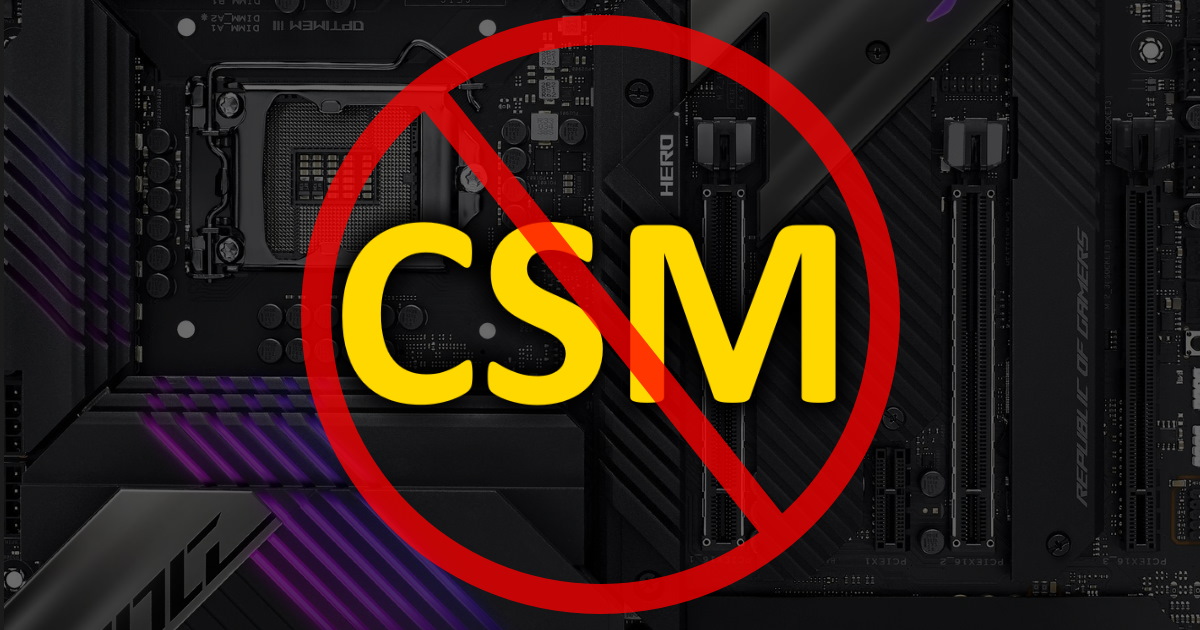Count Arthur
Major Contributor
- Joined
- Jan 10, 2020
- Messages
- 2,249
- Likes
- 5,037
I recently bought an AMD Ryzen 5600G a CPU with integraded graphics, with the idea of making a second PC with some parts I already had.
I've tried it with 2 motherboards and the problem is, I can't get the system to boot unless there's a GPU installed, which totally defeats the purpose of buying a CPU with integraded graphics.
With a GPU installed I can get into the BIOS, etc. and even set it to use the integrated graphics, but if I then remove the GPU, it won't boot, it doesn't even get to the point where the lights on the mouse and keyboard light up.
It will even boot and I can get into BIOS if I have the GPU installed, but the HDMI cable plugged into the port on the motherboard, rather than the one on the back of the graphics card.
It's as if regardless of what I do, the boot sequence is checking for a GPU in the PCIE slot, and won't continue unless one is present.
Any ideas?
I've tried it with 2 motherboards and the problem is, I can't get the system to boot unless there's a GPU installed, which totally defeats the purpose of buying a CPU with integraded graphics.
With a GPU installed I can get into the BIOS, etc. and even set it to use the integrated graphics, but if I then remove the GPU, it won't boot, it doesn't even get to the point where the lights on the mouse and keyboard light up.
It will even boot and I can get into BIOS if I have the GPU installed, but the HDMI cable plugged into the port on the motherboard, rather than the one on the back of the graphics card.

It's as if regardless of what I do, the boot sequence is checking for a GPU in the PCIE slot, and won't continue unless one is present.
Any ideas?
Last edited:

